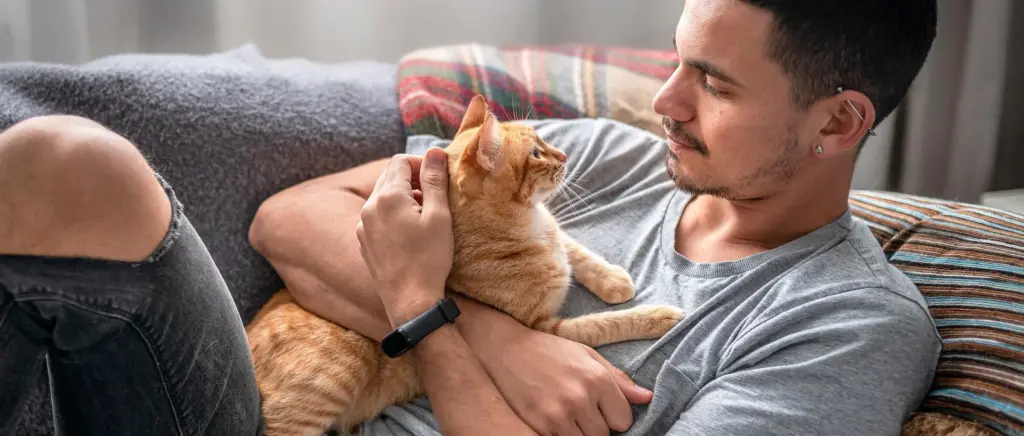Best Friends Day is June 8, and there’s no better friend to celebrate with than your faithful cat. There for you through thick and thin, your fuzzy feline loves you just the way you are — and the feeling’s mutual!
But how did cats and humans become best friends in the first place? Here’s a look back at some of the best historical moments in cats’ and humans’ relationship.
1. Cats Were Domesticated 12,000 Years Ago
Scientists determined that cats were first domesticated about 12,000 years ago in the Fertile Crescent, which includes parts of modern-day Iraq, Egypt and other nearby countries. As people settled into agricultural societies, cats domesticated themselves, joining households where they controlled pests in crop storehouses.
2. Ancient Egyptians Revered Cats
Cats gained prominence when ancient Egyptians revered and honored them. Some Egyptians even dressed their cats in gold. In fact, cats were so loved, in some situations, killing a cat meant a death sentence. When Egypt became part of the Roman Empire, the love of cats began to spread.
3. Cats Sailed Around the World
Even the ocean couldn’t stop cats. Cats boarded ships bound for the Americas and may have even sailed with Christopher Columbus. In the early 1800s, a kitty named Trim was born on explorer Matthew Flinders’ ship, and the two became pals. This black cat with white paws sailed around the world with Flinders, bringing him a lot of joy.
4. Cats Were Postal Employees in the 19th Century
In addition to exploring the world, some cats got jobs at post offices, keeping rodents at bay in London and the U.S. in the 19th and early 20th centuries. In London, they were paid one shilling a week. The most famous cat, Tibs the Great, worked at the Royal Mail Headquarters for 14 years. In the U.S., one employee gave a party in 1904 for 60 post office cats.
5. First Shameless Cat Picture Surfaced in the 1870s
Photographer Harry Pointer is credited with being the “father” of shameless cat pictures. He took 200 pictures of cats in the 1800s, putting them in adorable but absurd poses that mimicked human actions. They rode horses, took photos, and even served tea.
6. Cosy Won the First U.S. Cat Show in 1895
In 1871, London’s first cat show had 65 to 150 felines competing. This was quickly followed by the first national cat show in the U.S. in 1895. Cosy, a brown tabby from Maine, won.
7. Hemingway Loved His Polydactyl Cats
Ernest Hemingway’s love for cats is legendary. In 1928, Hemingway moved to Key West and was soon gifted with a six-toed cat named Snowball. Before long, 50 Polydactyl cats lived at his home. Hemingway wrote some of his best works in this home, and his cats no doubt were an inspiration. Even today, Snowball’s descendants still live at Hemingway’s home and are a big tourist attraction.
8. Cats Began Running for Office — And Some Won
More recently, cats have started running for political office. During the 2016 election, a cat was officially registered to run for President. In 2012, a cat ran for U.S. Senate and got enough write-in votes to place third. Our very own Morris the Cat also ran for office twice – in 1988 and 2012. Meanwhile, a cat actually is mayor in Alaska, and has been since 1997.
9. First Viral Cat Video Was Uploaded to YouTube in 2006
In 2006, the first viral cat video was uploaded to YouTube, called “Puppy vs. Cat.” After that, cats became a true internet phenomenon.
10. Now Cats Are Saving Our Lives
Today, cats are saving lives. In 2012, a cat alerted her owner to breast cancer that hadn’t been diagnosed yet. In 2014, a sweet family cat protected a four-year-old boy from a dangerous dog, and the video went viral. And in 2010, a tabby woke her family, saving them from a fire.
Humans’ journey with cats isn’t over. Cats continue to delight and surprise us, finding new ways to form unique, long-lasting bonds.
